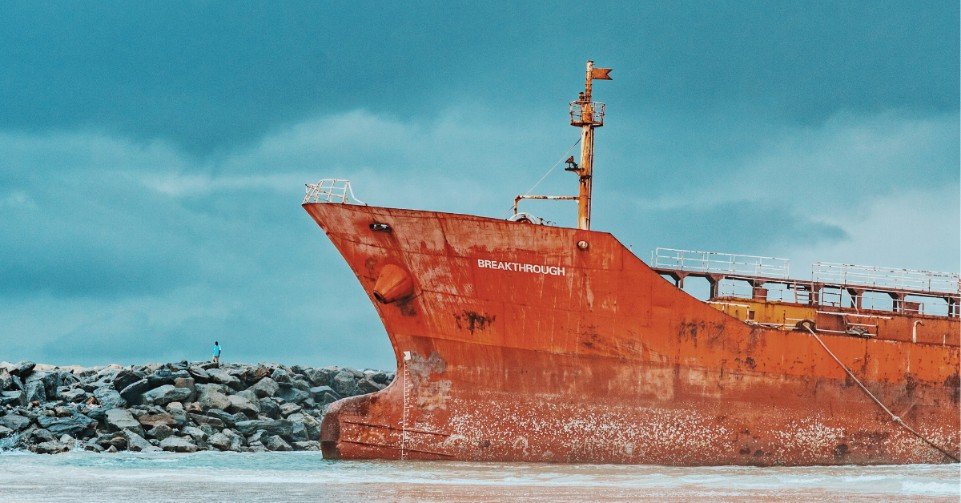The resurgence of the South America to West Africa maritime route for cocaine trafficking
17 January 2024
On 6 January 2024, a suspicious drug smuggling vessel was sabotaged resulting in the disappearance of five Senegalese commandos who were inspecting the vessel. This incident highlights once again that the notorious ‘Highway 10’ (South America to West Africa) is a route that is still active in regard to cocaine trafficking. This resurgence of the route will test West Africa`s resilience and can potentially reshape cocaine imports into Europe.
By Georgios Kostoudis, Security Analyst Intern
Several West African countries have been deemed as emerging cocaine hotspots by the UNODC. Countries like Benin, Côte d’Ivoire, Ghana, Guinea, Guinea-Bissau, Nigeria, Senegal have been locations where international crime syndicates have expanded and established a transit station of drugs destined for the European market. Although every country has its differences, the West African seas remain under policed and the difficulties in protecting their territorial have been exploited for drug trafficking. Adding to that is state corruption, political violence, and other security challenges that enable illicit markets to grow into this uncertain environment which, in some cases, sustains these different threats.
Cocaine that arrives at the West African borders is mostly imported from Brazil. The vessels used for transportation can vary as illicit shipments can arrive by big container ships or smaller vessels such as sailboats and fishing boats which are subjected to less controls than commercial cargo ships. These boats can call a West African country`s ports or engage into a ship-to-ship transfer outside of the territorial waters. When cocaine reaches the African shores, the traffickers transport it to Europe by using maritime routes used for cannabis trafficking, or by taking advantage of the deserts and other isolated areas in Niger and Mali to transport the drug to North African ports.
According to the 2023 Global Report on Cocaine, local gangs are operating as facilitators. A report from Global Initiative Against Transnational Organised Crime published on August 2023 notes that one of the actors in West Africa is the 'Ndrangheta, an Italian mafia organisation. The cooperation between clans of the 'Ndrangheta with Brazilian organised group PCC has made routes that leave Brazil and reach various countries in West Africa viable. The presence of ’Ndrangheta elements in specific regional countries such as Guinea Bissau where the cocaine market acts as a source of income within Bissau’s elite, and the establishment of trusted brokers through visits by ’Ndrangheta clan family members, adds to the complexity and reach of the cocaine trade in West Africa.
In addition to Nigerian groups and international crime syndicates, terrorist groups such as Al Qaeda and Hezbollah, are also involved in the drug smuggling. They contribute to the logistics, storage, and transportation of drugs at crucial points in West African seaports and airports. Most notably, Hezbollah diverted its smuggling routes of Captagon pills through West Africa taking advantage of the Lebanese diaspora. Furthermore, Hezbollah managed to form relationships with South American cartels. In an investigation by the US Drug Enforcement Administration (DEA), Lebanese nationals accused of having links to Hezbollah went on trial for laundering millions of euros in South American drug money to Europe and Lebanon. According to the European Foundation for Democracy, Hezbollah-affiliated mafia elements also play major roles in the narcotics trade in Cote d’Ivoire.
In conclusion, the resurgence of the South America-West Africa trafficking route can reshape the narcotics smuggling threat situation. Although the volume of cocaine that is transported directly to Europe remains much larger, the potential blind spots in West Africa can create opportunities for the traffickers and result in greater volumes of the illicit substance reaching the European market. Furthermore, this resurgence can cause more instances of cargo contamination in those ports, which can result in prolonged detentions times for vessels. Lastly, any further escalation of drug trafficking operations can result in incidents inside of port facilities, especially in areas where security is limited, which might pose a threat to vessels and crews. As the threat for this specific route evolves, the mitigation measures for vessels using the route should evolve as well.
RISK ASSESSMENT REPORTS:
There are several Risk Intelligence reports that can help you assess the risk of a specific route, or provide further background for decision-making in the form of a threat assessment
Risk Intelligence’s risk assessment reports feature in-depth analyses of current or forecasted threats for specific client operations - a region or a route - and serve as a foundation for decision-making.

